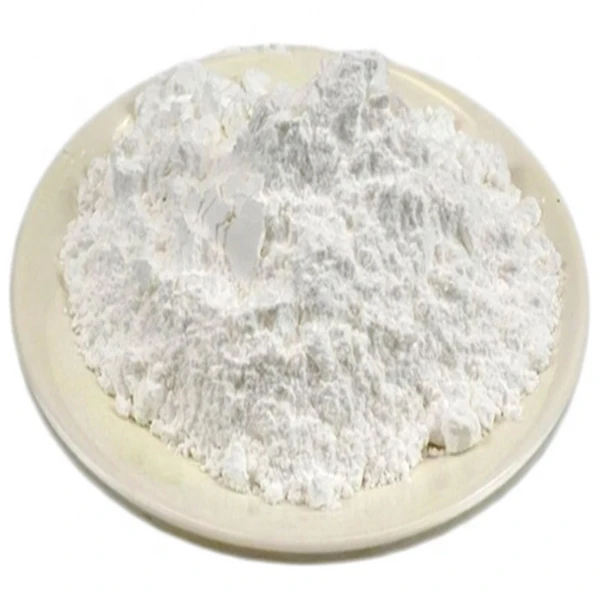
lis . 16, 2024 06:21 Back to list
imidacloprid 0.5g
Imidacloprid A Comprehensive Overview of its 0.5g Application
Imidacloprid is a widely used insecticide that belongs to the neonicotinoid class of chemicals. Renowned for its effectiveness against a broad spectrum of pests, imidacloprid operates by affecting the nervous system of insects, leading to paralysis and death. One of the most common formulations available on the market contains 0.5g of imidacloprid per unit, making it an accessible choice for both professional and home use.
Mechanism of Action
The primary action of imidacloprid is its ability to bind to the nicotinic acetylcholine receptors in the insect's nervous system. This binding disrupts normal neurotransmission, resulting in continuous stimulation of the nervous system, which ultimately leads to the insect’s demise. Unlike organophosphates and carbamates, which affect both insects and mammals, imidacloprid exhibits a degree of selective toxicity, making it safer for use in environments where humans and pets are present.
Applications
Imidacloprid in the 0.5g formulation is primarily used in agriculture and pest control. In agriculture, it protects a variety of crops, including vegetables, fruits, and ornamental plants, from pest infestations. It is particularly effective against sap-sucking insects such as aphids, whiteflies, and thrips, which can cause significant damage to crops.
In urban settings, imidacloprid is also extensively used for household pest management. It can effectively control pests like cockroaches, fleas, termites, and various biting insects. Its long residual activity allows for prolonged protection, which is especially beneficial in areas prone to heavy pest infestations.
Application Methods
imidacloprid 0.5g

For agricultural use, the imidacloprid 0.5g formulation can be applied via various methods, including foliar sprays, soil drenching, and seed treatment. The choice of application method often depends on the type of crop and the specific pest being targeted. For example, seed treatment involves coating the seeds with the insecticide, ensuring that the young plants are protected from pests as they emerge.
In residential settings, it can be used in bait formulations for termites or as a spot treatment for ant infestations. Proper application techniques, including following dosage guidelines and safety precautions, are crucial to maximize effectiveness and minimize potential environmental impact.
Safety and Environmental Considerations
While imidacloprid is generally considered to be safer than many older insecticides, there are some important safety and environmental considerations to keep in mind. Users should always wear appropriate protective gear, such as gloves and masks, during application. Moreover, imidacloprid has been linked to declining bee populations, which has raised concerns among environmentalists and regulatory agencies. As a result, many countries have implemented restrictions on its use, particularly in agricultural settings where pollinators may be at risk.
To mitigate potential harm to non-target organisms, it is vital to use imidacloprid products according to label instructions, avoid application during flowering periods, and explore integrated pest management strategies that incorporate biological controls and cultural practices.
Conclusion
Imidacloprid, particularly in its 0.5g formulation, remains a popular choice for pest management due to its effectiveness and versatility. However, with its risks and environmental implications, responsible use is essential. By understanding its mode of action, applications, and safety considerations, users can harness the benefits of imidacloprid while minimizing its impact on the environment and non-target species. As the agricultural landscape and pest management practices evolve, continued research and development will be key to ensuring the safe and effective use of this powerful insecticide.
-
Famoxadone Fungicide: Prevent & Cure Plant Diseases Effectively
NewsAug.26,2025
-
Topramezone Herbicide: Selective & Powerful Weed Control for Corn
NewsAug.24,2025
-
Powerful Fungicide for Optimal Crop Health & Yield Protection
NewsAug.23,2025
-
Azoxystrobin Fungicide: Advanced Crop Protection Solutions
NewsAug.22,2025
-
Willowood Imidacloprid: Best Broad-Spectrum Insecticide Solution
NewsAug.22,2025
-
Atrazine Herbicide: Selective & Effective Weed Control for Sale
NewsAug.21,2025
